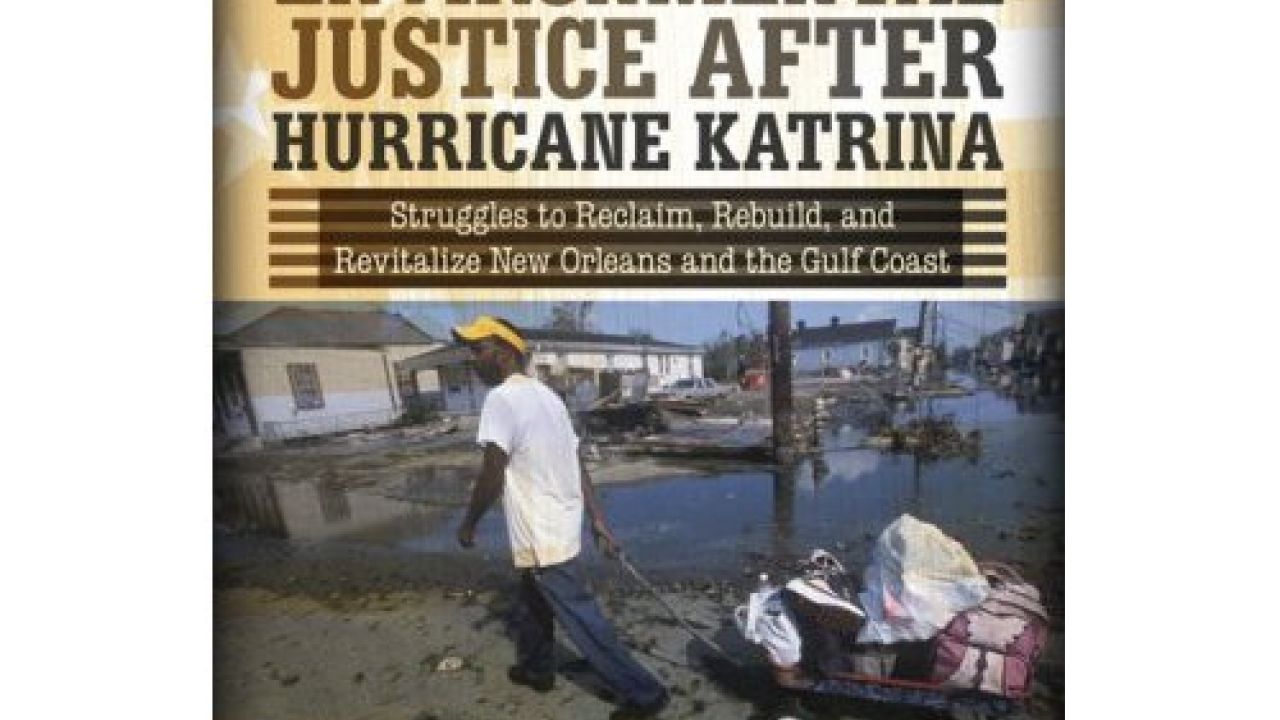
Dr. Beverly Wright is being honored this year as one of 10 recipients of The Heinz Awards.
In honor of its 15th year, this prestigious award focuses on environmental heroes who, "like [the late] John Heinz, have confronted environmental concerns with a spirit of innovation and who demonstrate the same blend of action and creativity in approaching the protection of our environment."
About The Heinz Awards Over the years, the award has spotlighted and rewarded people in a number of areas important to Heinz, in whose name the award was established. But this year, the award focused only on the environment, because of its increasing relevance - and urgency - in every facet of our lives. According to the awards' site:
At this unique time in history, when the environment is even more important to our lives, our economy, our national security and our future than ever, it is only fitting this year that we focus on this singular and critical topic.These awards seek to celebrate those guardians of our future who value the importance of our natural resources, who work to remove toxic chemicals from our air and water, who are concerned about the health of all of our citizens, and who are creating the policies and the technology that will ensure a totally sustainable planet for future generations.
Having had the pleasure of working directly with one of this year's impressive honorees, Dr. Beverly Wright, we know well how strong a winner she is.
Dr. Wright knows her chemical body burden Dr. Wright was one of five extraordinary women leaders to participate in our 2-year body burden study of environmental justice leaders.
Biomonitoring tests found Wright's body polluted with up to 39 toxins, including mercury, lead, perfluorchemicals used in Teflon, stain and water resistant textile coatings, flame retardants, synthetic fragrances and rocket fuel.
"I'm very disappointed," Wright said, "to find out that while we were fighting so hard to get chemicals we know are dangerous reduced in the environment, there were so many chemicals inside our homes that were also poisoning us. That puts us in double jeopardy - and I say triple jeopardy because of our skin color."
Herstory of an environmental justice leader A sociology professor and New Orleans native, Dr. Wright joined the environmental justice movement after a visit to "Cancer Alley," as many residents call the Lower Mississippi River Industrial Corridor, an 85-mile stretch of oil refineries and petrochemical plants between New Orleans and Baton Rouge.
In her recent book, Race, Place, and Environmental Justice After Hurricane Katrina, with Robert D. Bullard, director of the Environmental Justice Resource Center at Clark Atlanta University and author of the ground-breaking 2000 book Dumping in Dixie, Dr. Wright recalls that whites had fled the area, but poor African Americans remained behind, living in the shadow of the petrochemical plants.
She blames "a pattern of discrimination and exclusion based on a culture of segregation and racism that allowed these polluting facilities and local government to respond to the needs of white citizens while ignoring the needs of black citizens."
To redress the balance, Wright helped found the New Orleans-based Deep South Center for Environmental Justice (DSCEJ) in 1992. After Hurricane Katrina devastated her own neighborhood, she wrote In the Wake of the Storm, published in 2006. Her book, Toxic Wastes and Race at Twenty was published in 2007.
Curious about the results of our study? In short, we found that all of the women were contaminated with flame retardants, Teflon chemicals, synthetic fragrances, the plastics ingredient bisphenol A and the rocket fuel component perchlorate. You can read the full report here.